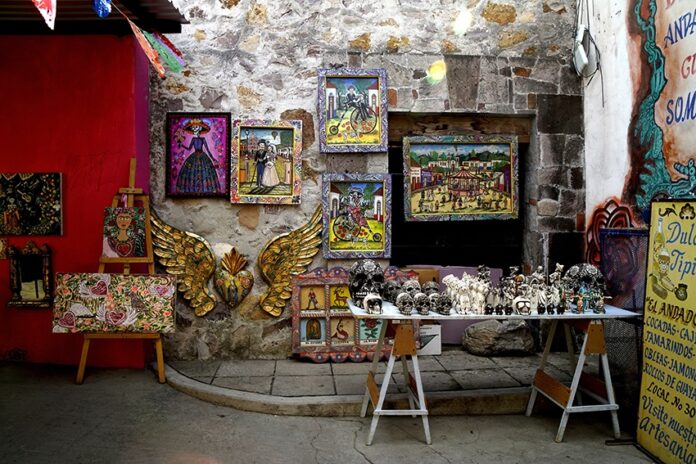For nine years now, we’ve been wintering the worst three months of the Canadian winter in San Miguel de Allende. It has become our second home. Situated approximately 1,900 meters (6,200 feet) above sea level on a vast plateau in the central highlands of Mexico, San Miguel de Allende blends dramatic geography, colonial architecture and vibrant culture.
The city was designated a UNESCO World Heritage Site in 2008 and has repeatedly been named as the best small city in the world by Travel + Leisure Magazine. There are so many reasons, among them that it’s charmingly rustic, welcoming, warm and friendly. For many of us, however, it’s also that San Miguel de Allende is an incredible stimulus to the senses.
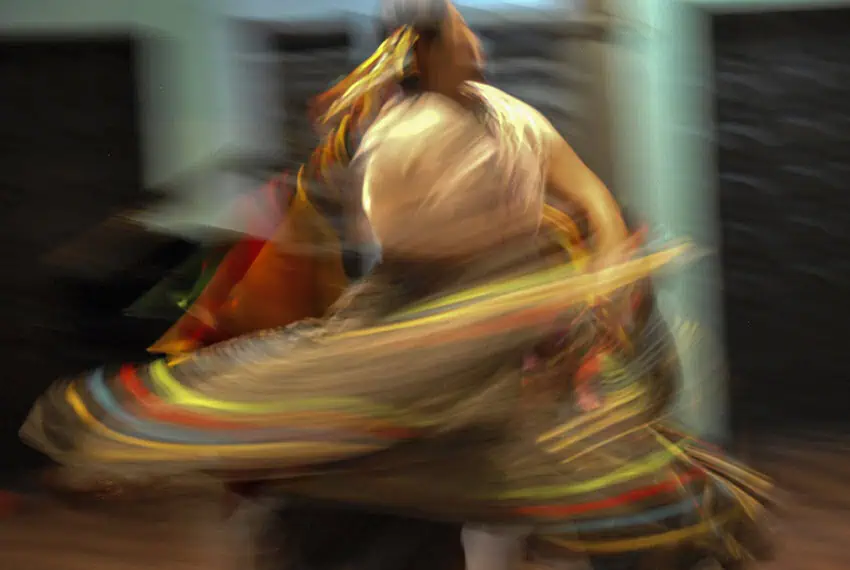
A synesthetic experience of a city
In addition to the five main senses — sight, hearing, touch, taste and smell — particularly important in San Miguel de Allende is “proprioception.” For the uninitiated, that’s how the brain grasps where the body, including its limbs and muscles, is in space. Many visitors to San Miguel de Allende, challenged by its cobblestone streets and narrow sidewalks, can attest to its impact on their balance, not to mention their knees and ankles.
Some people are blessed with a special sense called “synesthesia,” which transcends the traditional five we all know by combining them. Stimulation of one sense leads to involuntary experiences in a second sense. For instance, people who see colors when listening to music, see shapes when they encounter certain scents, or experience tastes when looking at certain words, may be said to have synesthesia.
But, here’s the thing: Even without having synesthesia, almost all of us in San Miguel de Allende experience an amalgam of senses at every turn.
Sight, perceived through the eyes, is a complex process. The rods, more sensitive to light, help us to see in dim settings, while the cones function in bright light, enabling us to see the colors of San Miguel de Allende, where no two ever seem to clash.
The sights of San Miguel de Allende
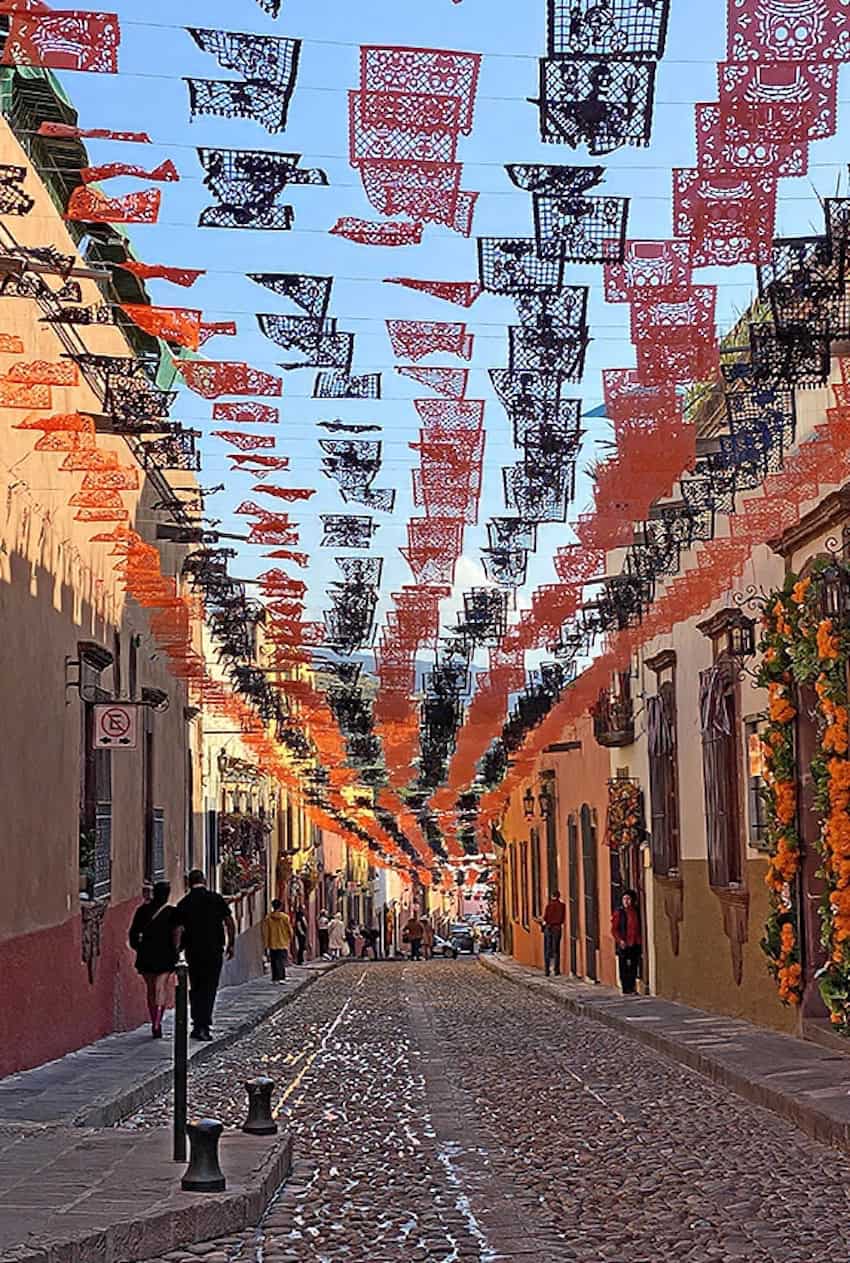
There are the undulating cobblestoned streets lined with vivid, multicoloured colonial-era architecture, many of them concealing lush gardens behind imposing, stately doors.
Ochre, sienna, cobalt blue, and deep reds paint the colonial buildings, juxtaposed with gorgeous purply-blue jacarandas, red frangipani and bougainvillea draped over stone walls.
Churches
Stately doors are adorned with flowers, wood branches, ornaments and door-knockers. Well-coifed trees, benches and the gazebo in the marvellous Jardín Allende frame the picturesque Parroquia.
The Parroquia de San Miguel Arcangel, its façade by Don Zeferino Gutiérrez, was inspired by postcards from Gothic European cathedrals, especially that of Cologne. When lit dramatically at night, it is mesmerizing — its pink towers rising into crisp blue skies.
The Baroque San Rafael or Santa Escuela Church, whose clock is the city’s official timekeeper, features bells that toll every 15 minutes.
There’s also the Oratorio de St. Philip Neri, its Baroque-style sandstone façade covered with profuse vegetative ornamentation, and the Templo de San Juan de Dios, the hospital next door that’s now a school.
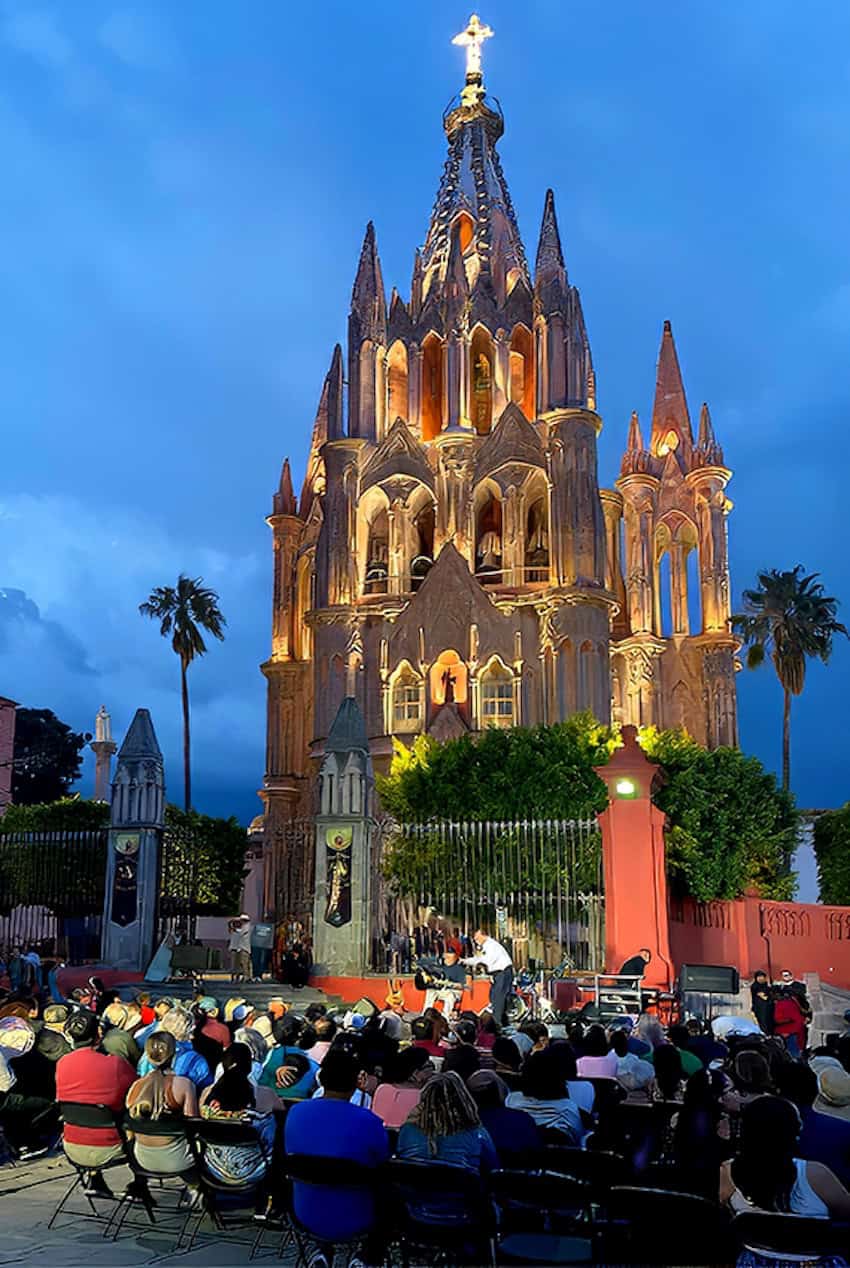
Consider the Church of the Immaculate Conception (Templo de la Purísima Concepción), its construction based on Paris’ Les Invalides. Currently a convent for nuns, its dome was added by Don Zeferino Gutiérrez.
Seek out the stately great snowy egrets nesting in the lofty jacaranda trees over the wash basins of El Chorro. El Chorro was the meeting point for the women who, from different parts of the city, came to wash their clothes with the spring water that gave rise to the city. Look for it and the incredible nest of parrots on Calle Alameda.
Streets
Take a leisurely stroll down Tercera Cerrada de Pila Seca, also known as Rinconada de la Aldea.
Stare in awe at the spectacular sunsets that bathe the city in warm, golden light, viewed from rooftop terraces such as Los Milagros Terraza, Quince, La Azotea, the Rosewood’s Luna, or from the Mirador or hilltops. They’re breathtaking.
Ponder the Calle Querebrada Bridge, as one looks west at Canal from the Bellas Artes, or that grand hall of art and design, the Fabrica Aurora, housed in a former textile factory.
Visit Casa de los Soles, its hotel courtyard covered in thousands of ceramic sun sculptures, or the hulking adobe and fieldstone Instituto Allende, an art education center for more than 70 years, now a hub of lifelong learning, its walls covered with the expressionist works of David Leonardo Chávez.
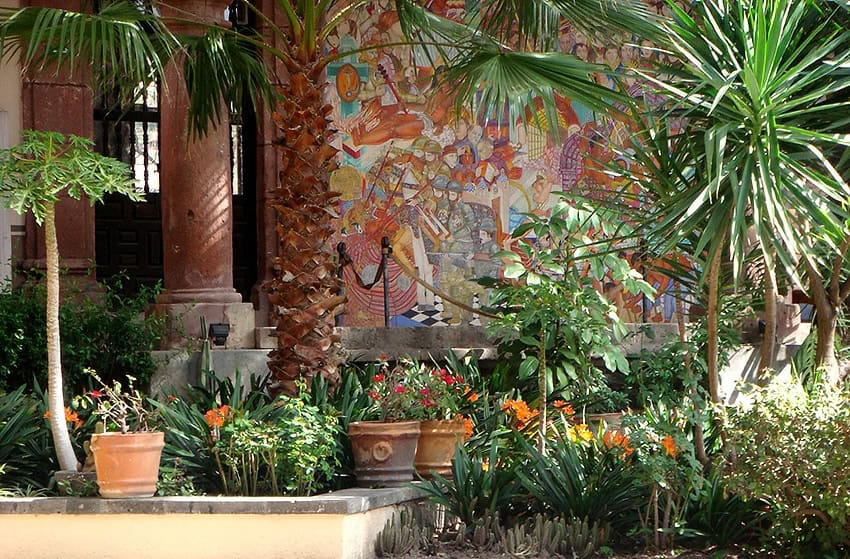
Culture
Take in the elegant Bellas Artes (El Centro Culturál Ignacio Ramírez, aka “El Nigromante”), where the monastery of La Concepción church became a fine-arts school housing the magnificent murals of Pedro Martínez and the extraordinary unfinished mural by David Alfaro Siqueiros.
Check out the grand Biblioteca, the largest English-language library in Mexico, with a fabulous ceiling mural in its bookstore.
One can scarcely blink, as galleries, hand-painted tiles, artisanal storefronts and intricate ironwork catch the eye at every turn.
As does art by Friedeberg, Carrington, Levanthal, Cranston, Brooks and so many others who made San Miguel de Allende their home and inspiration.
The panoply of Guadeloupe murals, many featuring Mexican themes like Huichol mythology, some more abstract, reveals the multicultural sides of San Miguel de Allende.
There’s the grandeur of the colonial-style Rosewood Hotel tucked amid lush gardens and colorful bursts of flowers.
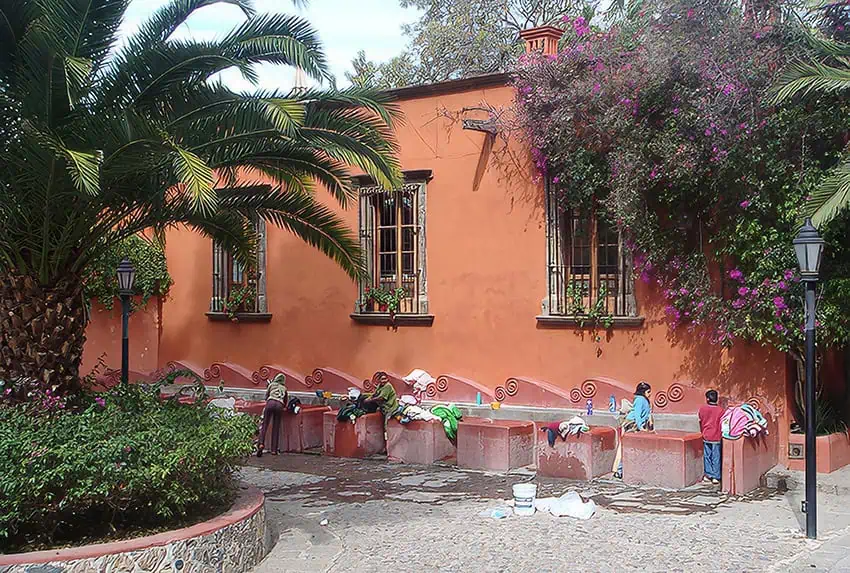
And El Charco del Ingenio, whose name comes from a spring-fed pool nestled in an impressive canyon with cacti and other succulent Mexican plants, many of which are rare, threatened or in danger of extinction.
The Spring Equinox celebration and the Festival of the Sun are also feasts for the senses, celebrated with a concert in El Charco’s natural amphitheater.
Parks
Survey the Parque Benito Juárez, its gazebos, fountains, ponds and charming bridges amid the lush greenery of cypress trees, rose and orchid gardens. Observe the Feria de la Candelaria, marking the 40th day after the birth of Jesus, with masses held to bless the seeds for fertility and candles. The annual celebration, filling the park with plants, marks the beginning of spring.
Nor should one fail to appreciate Parque Guadiana, with its variety of trees and plants, its fountains and butterfly garden.
Admire Parque Zeferino Gutierrez, with its trail surrounding a lake, a beautiful fountain, and the impressive statue called “La Giganta.”
Stop by the Museo de Esquina, which has a wonderful collection of Mexico’s folkloric toys, or the Mask Museum, which boasts an amazing retrospective of Indigenous masks and their ceremonial use.
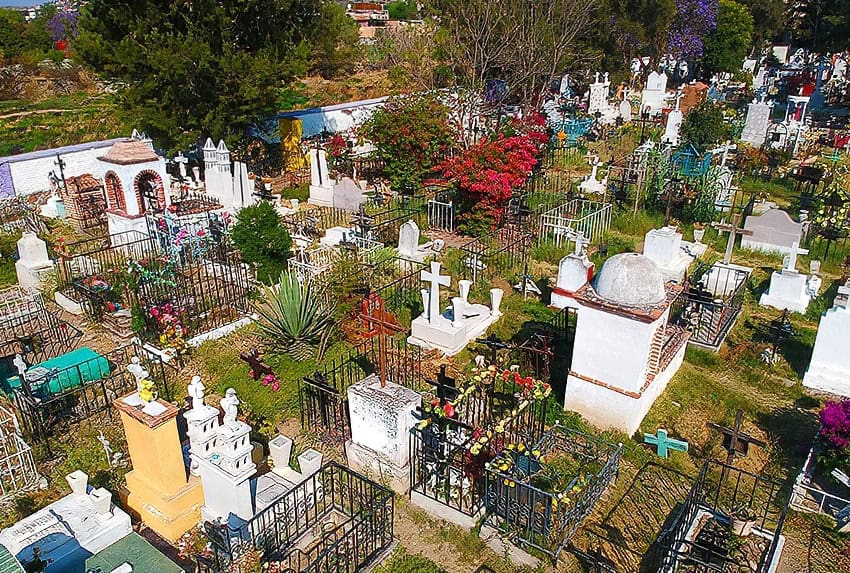
Respectfully stroll the cemetery, Our Lady of Guadalupe, with its traditional pantheon of gravesites.
Markets
Bask in the profusion of colors at the bustling San Juan de Dios Market, the indoor section featuring balloon-decorated stalls with magnificent baskets of fruit and vegetables piled high. Outdoor stalls, which sprawl for several blocks, offer wares ranging from raw meats to flowers and clothing.
The Mercado de Artesanías beckons, too, with its stalls spilling over with Mexican pewter platters, bright ceramics, jewelry, picture frames, mirrors, bowls and woven tablecloths. At its eastern end is the local fruit, flower, and vegetable mercado, Ignacio Ramírez Market, located behind Plaza Civica, where the women in traditional dress sit on the floor surrounded by piles of herbs and cactus leaves, or their baskets of freshly prepared tortillas.
At Mercado Del Carmen, a food court promises bars, an Italian restaurant, Japanese desserts, and gourmet tacos. Numerous vendors sell wild mushrooms, local honey, and fresh juices.
Then there’s the monster Tuesday Market stretching nearly 1,000 feet under giant tarps. Beneath them and for sale are “seasonal and imported produce, antiques, blown glass, hand-carved furniture, pirated DVDs, computers, tablets, boom-boxes, handmade huaraches, Barbie dolls, goldfish, pet birds, tools, bicycles, buttons, used and new clothes, fresh fish and local honey and cheeses.”
And the wonderful Saturday Organic Market (Tianguis Orgánico), where people indulge in delicious organic breakfasts as they shop for organic produce and prepared foods, clothing, rugs, and jewelry.
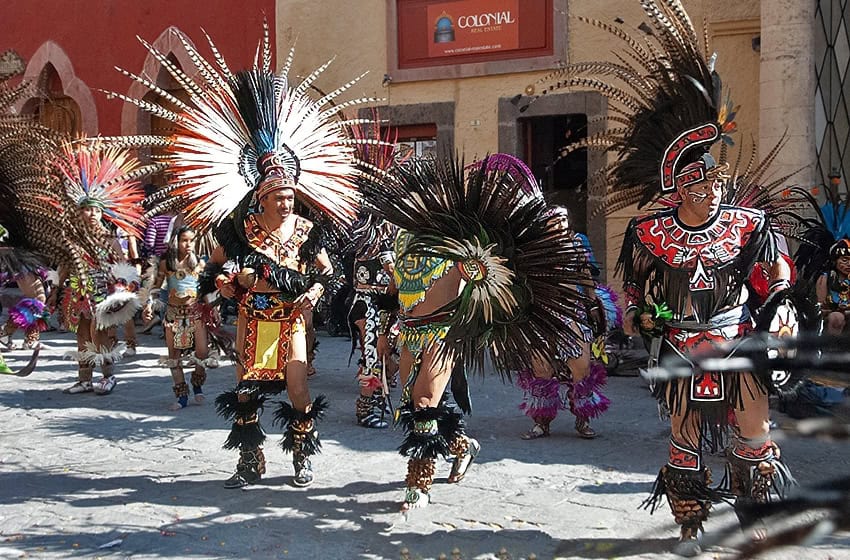
Did I mention the street vendor food carts selling tacos, ice cream and BBQ?
People
Religious observances are frequent but anything but common. There’s the Blessing of the Animals, celebrating the feast day of San Antonio Abad. Pets and farm animals, from goldfish to donkeys, are brought to the churches to be blessed by the priest.
One may also be greeted by church bells, dances and fireworks, the arrival of pilgrims carrying banners, singing songs, chanting and praying for the peregrinación, or pilgrimage, to the small town of San Juan de los Lagos and its small shrine to the Virgin Mary. The pilgrimage is the largest in the Western Hemisphere, with some three million people from across Mexico, nearly 20,000 of them starting in San Miguel and environs, walking and sleeping out in the open for nine days.
Behold as well the Festival of Our Lord of the Conquest when the faithful come to the Parroquia to recite prayers, one for each of the 33 years of Jesus’ life, and where Indigenous concheros wearing brightly decorated costumes and plumed headdresses dance from dawn until dusk to the deep, steady beat of large drums in honour of “Christ of the Conquest,” a statue in the church representing the acceptance of Christ by Mexico’s Indigenous people.
And once a year, on Allende’s Birthday, there’s a joyous parade of school marching bands celebrating the town’s iconic hero, down the Ancha de San Antonio to El Centro and the Parroquia. This year, on the stage in front, the San Miguel de Allende symphony played before the most magnificent fireworks we have ever experienced. As we ate our 2-for-1 paletas, we stood in awe, watching, certain that we’d never forget the splendid sight we were witnessing.
Bruce Sarbit is a San Miguel de Allende resident.
George Aronson and Lynn Padwe are professional photographers who split their time between San Miguel de Allende and New York City.
